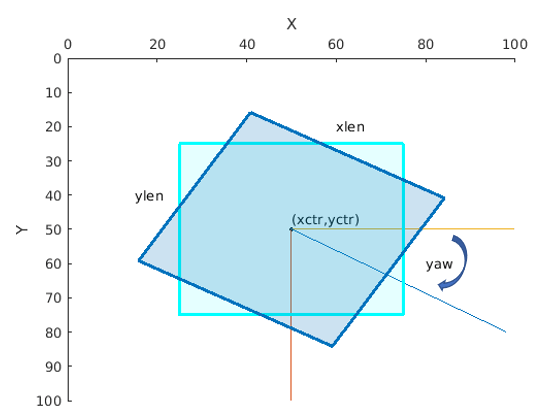selectStrongestBbox
Select strongest bounding boxes from overlapping clusters using nonmaximal suppression (NMS)
Syntax
Description
[ returns
selected bounding boxes that have a high confidence score. The function uses
nonmaximal suppression (NMS) to eliminate overlapping bounding boxes from the
selectedBbox,selectedScore]
= selectStrongestBbox(bbox,score)bbox input.
[ additionally
returns the selectedBbox,selectedScore,index]
= selectStrongestBbox(bbox,score)index vector associated with selectedBbox.
This vector contains the indices of the selected boxes in the bbox input.
[___]
= selectStrongestBbox(___,
uses additional options specified by one or more Name,Value)Name,Value
pair arguments.
Examples
Input Arguments
Name-Value Arguments
Output Arguments
Extended Capabilities
Version History
Introduced in R2014b



